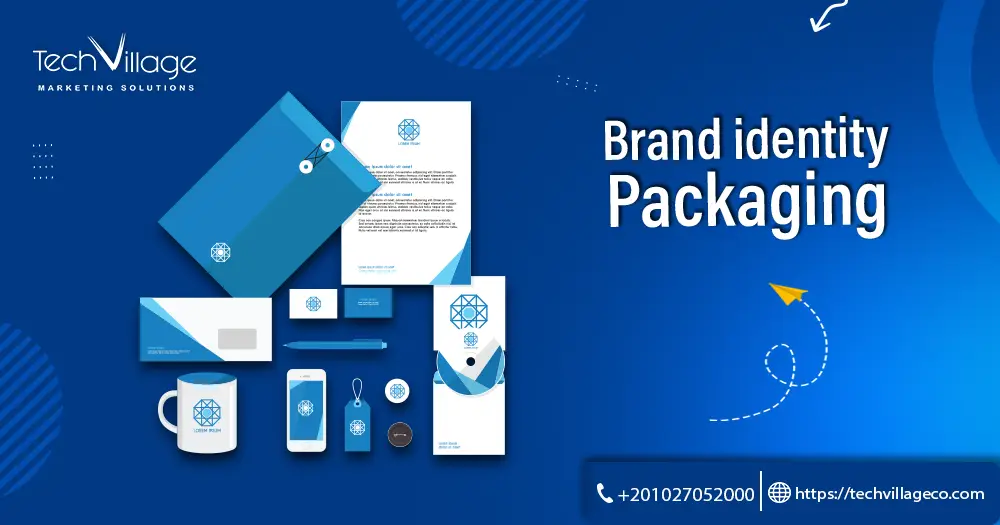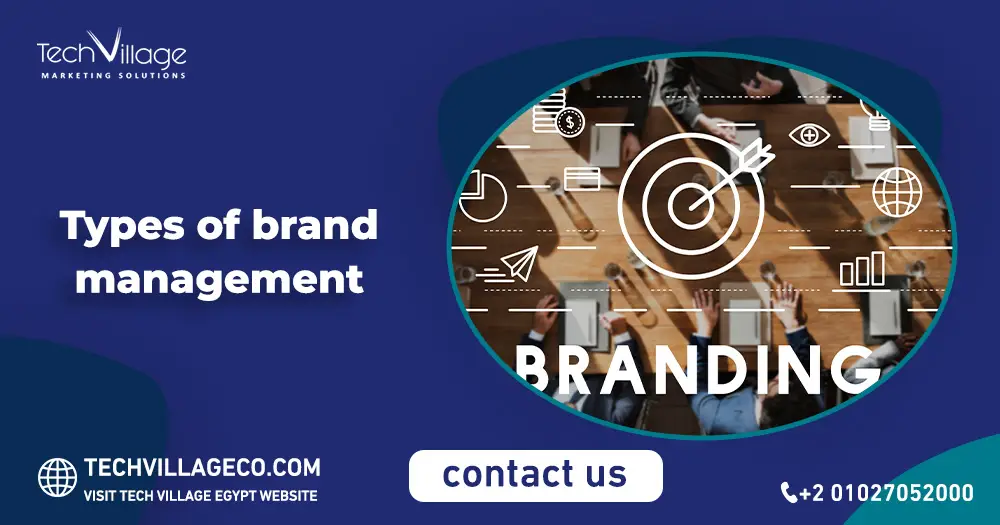In a modern market where both online and brick-and-mortar retailers compete to attract customers, differentiation is an important component of establishing a successful brand. This is the definition of brand identity packaging, and your brand personality and the visual language that expresses your personality is much more important than ever.
As brand identity packaging can increase revenue by 23 percent, so it’s vital that every individual message you send works in harmony to establish this Distinctive feature.
Whether you’re building a new brand or completing a rebranding process for your existing company, thinking about your brand identity packaging guidelines will help keep your image consistent across print, web and mobile channels.
The design of your logo, color schemes and fonts for your business cards, websites, packaging and billboards should be synchronized across all customer touch points. The more consistent your brand identity packaging, the more sustainable your brand image, distinctiveness, and revenue stream will be.
Table of Contents
ToggleWhat is The Impact of Brand Identity
The importance of the brand identity packaging in the modern era; For its great and growing influence on the world of finance and business; With people falling under the influence and pressure of the mighty media machine.
The brand identity packaging has become a necessity that everyone seeks to own. And they are keen to make their brand reliable and reputable; Those seeking to own a trademark include personal branding, companies, and even clubs, restaurants, shoes, and social networks.
Because a strong brand identity packaging is a value in itself; if it is of good reputation; Therefore, the keenness to own it increases; Because of its importance in promoting and facilitating advertising and marketing of the product, the trademark works to increase awareness of the product that affects the increase in sales or demand for the services provided by the owner of the authentic trademark.
A strong brand identity packaging with a good reputation is a market value in itself; it works to increase the market value of the provided goods or service; from its competitors; Thus increasing the market value of companies with a strong brand.
What is brand identity packaging?
Brand identity packaging refers to the visual and physical elements used to package a product in a way that aligns with the brand’s overall identity. This includes design elements such as logo placement, color schemes, typography, and graphics, all of which reflect the brand’s personality, values, and messaging.
Effective brand identity packaging not only protects and presents the product but also creates a cohesive and memorable experience for customers, reinforcing the brand’s image and helping it stand out on shelves or in online marketplaces.
Here’s: How To Brand Plastic.
How do you package a brand identity?
Building a brand identity packaging needs a lot of effort and planning as well as effective implementation, so you need to meet the various desires of customers to enhance the construction of your brand identity.
One of the effective ways to build your brand identity packaging is to choose the appropriate packaging method and style, so that it matches the needs of the product and at the same time with the overall values of your brand.
Especially since brand identity packaging is an extension of the identity of the product itself, so any negative experiences regarding the packaging process will badly affect the entire brand, So, the first way you can build or enhance your brand identity is to choose an appropriate packaging style for the products you offer.
This is because, as we have indicated, the style and shape of the packaging for the products you offer is a crucial element in building the brand image and identity.
The correct and error-free packaging method increases consumers’ appreciation for the products you offer, and helps to highlight your brand identity among the rest of the brands.
So companies wanting to build their brand identity packaging need to understand the basics of packaging, which includes choosing the right colors and logos to represent the company’s brand.
Read also: Incorporation Of Company Branding And Seo.
What are the elements of brand identity on a package?
The elements of brand identity packaging typically include:
- Logo: The visual representation of your brand. It should be prominently placed on the package to create brand recognition.
- Color Palette: Consistent colors that align with your brand’s personality and evoke specific emotions. Use these colors for backgrounds, text, and design elements.
- Typography: Fonts that reflect your brand identity packaging tone and image. Use consistent typography for product names, descriptions, and other text.
- Visual Imagery: Images, illustrations, or graphics that resonate with your brand’s values and message. These visuals should be relevant to the product and the target audience.
- Tagline or Slogan: A short and memorable phrase that encapsulates your brand identity packaging essence or value proposition.
- Product Name: Clearly state the product’s name using font and style that aligns with your brand identity.
- Product Description: A concise and compelling description of the product that communicates its benefits and features.
- Texture and Material: The physical feel of the brand identity packaging material itself can contribute to the brand identity, especially for luxury or eco-friendly brands.
- QR Codes or Interactive Elements: For digitally-focused brands, you might include QR codes, NFC tags, or other interactive elements that connect customers to online content.
- Sustainability Messaging: If sustainability is a core part of your brand identity packaging, include messaging or symbols that communicate eco-friendliness.
- Legal Information: Ensure that required legal information such as ingredient lists, barcodes, and safety information is presented in a way that aligns with your brand’s design.
What are the 4 brand elements?
Speaking of brand identity packaging, there are four important elements that a designer must consider well, and according to tech village, these elements are:
- Brand Name: The name by which a company, product, or service is known. It’s a fundamental element that helps identify and differentiate the brand identity packaging from others.
- Logo: A visual symbol, mark, or design that represents the brand visually. It serves as a quick way for people to recognize and recall the brand identity packaging.
- Tagline or Slogan: A short, memorable phrase that captures the essence, value, or positioning of the brand. It can help convey the brand’s message or promise.
- Brand Colors and Typography: A consistent color palette and typography that are used across various brand materials. These visual elements contribute to the brand’s recognition and evoke specific emotions or associations.
Conclusion
In conclusion, brand identity packaging plays an important role in its expansion and spread of the company and achieving a close link between both the target audience and the product provided by the company, for which the companies should noticeably pay great attention to brand identity packaging, so you can communicate with the tech village team as we have great experience in the field of brand identity packaging.
FAQ
What is the difference between brand identity and packaging?
Brand identity is the broader concept that encompasses all aspects of a brand's visual representation and messaging, while brand identity packaging is a specific component within that identity that focuses on the design and presentation of the physical product and its materials.
What is the meaning of brand identity packaging design?
The brand identity packaging is one of the marketing methods used by companies and institutions of all kinds, where the organization creates a design commensurate with the product and the target audience, in order to create lasting impressions and create a link between the product and the audience.

 AR
AR





